Summer bookings in Dare down 10% from last year; N.C. residents pass Ohio for booking the Outer Banks
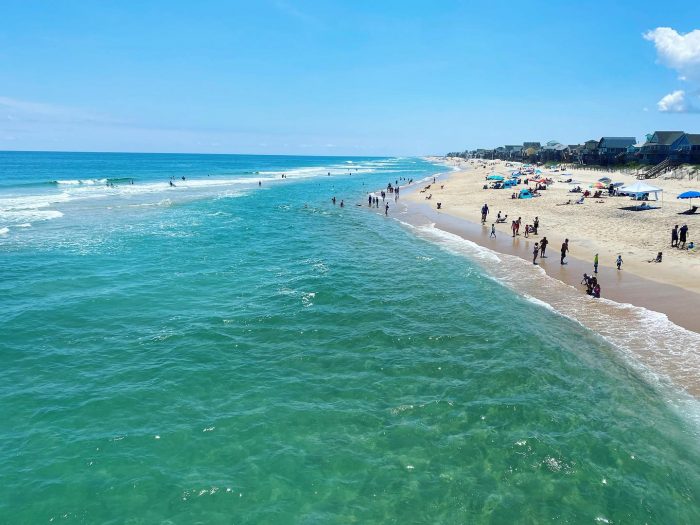
After setting record-breaking totals during 2020 and 2021, Dare County could see a second straight year of slight declines in the number of summer vacations being booked this year.
But the Dare beaches are still way ahead of other East Coast beach destinations through mid-April for bookings between June 1 and August 31, despite prices for Outer Banks rentals that continue to be higher than similar-style markets.
And North Carolina has moved ahead of Ohio on the list of states where Outer Banks visitors are traveling from this year, so far.
During a webinar for visitor economy professionals hosted by the Outer Banks Visitor Bureau, Hollie Hannahs with KeyData presented a preseason forecast for 2023 summer travel to Dare County, similar East Coast beach destinations and the United States overall.
“KeyData integrates with over 60 property management systems, and our data is aggregated daily in near real time,” Hannahs said.
“We source data directly from your local and regional competitors for comparative data analysis,” Hannahs said. “And we also scrape the major (online travel agencies), which are VRBO and Airbnb, to provide data on a combination of rentals by owner and professionally managed properties.”
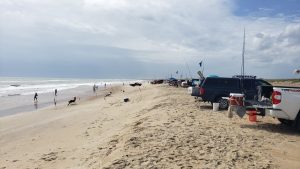
Hannahs said the trends KeyData has found for 2023 bookings are that supply increases and demand decreases are contributing to lower occupancy rates.
“Keep an eye on the pricing,” Hannahs said. “Price sensitivity this year and higher/steady average daily rates might be suffocating revenue.”
“With demand softening and supply increasing, that seems like kind of a crazy time to be increasing rates,” said Lee Nettles, Outer Banks Visitors Bureau Executive Director. He asked Hannahs how long higher prices will continue to fill the revenue gap.
“I think those days are coming to an end,” Hannahs said. “And its time to really start looking at rates.”
But Hannahs said that while discounting rates to get last minute bookings will happen, companies don’t have to make those price shifts too early.
Another piece of advice Hannahs passed along to webinar attendees was about how they reach out to potential guests.
“Adjust your marketing strategies,” Hannahs said. “People are still traveling, make sure they come to you.”
Breaking down the data
Dare County’s paid occupancy for this summer is already at 70 percent through mid-April, pacing well ahead of Ocean City, Maryland (49%), Kiawah Island (46%), Hilton Head (39%), Tybee Island (32%), and Myrtle Beach (31%).
The paid occupancy booking numbers for Dare County through mid-April dropped from 91 percent in 2021 to 80 percent in 2022. But final occupancy numbers for the season was at 97 percent in 2021 and 94 percent in 2022.
Paid occupancy across the United State for the months of June, July and August is at 23.1 percent, down from 28.7 percent at the same point in 2022 and 36.4 percent in 2021.
Summer nightly rate comparisons put Dare County the third highest in the study group at $697 per night. Hilton Head was the highest at $890, while Ocean City had the lowest at $390.
Average nightly rates nationally are at $564 this summer, compared to $533 last year and $449 in 2021. RevPAR across the U.S. is at $130 this year, down from $153 in 2022 and $164 in 2021.
Revenue generated per room whether its occupied or not, known as RevPAR, is at $490 this year for Dare County to lead the six market sample. Dare’s RevPAR is down from $497 last year, while still ahead of $465 in 2021.
RevPAR across the country is at $130 for this year, down from $153 last year and $164 the year before.
Regular travelers to the Outer Banks frequently book their vacations up to a year in advance to lock in the same property during the same week, and take advantage of discounted rates offerings.
Dare County has the highest booking window of the East Coast group at 226 days, three less than last year, and 31 days earlier than in 2021.
Nationally, there’s been an increase this year is how far out vacationers are booking stays, averaging 177 days, compared to 174 in 2022 and 155 in 2021.
Hannahs also provided a wider range of numbers for Dare County, looking at occupancy rates from the start of May through the end of September as they stood just ahead of the webinar.
Paid occupancy is at 60.3 percent, compared to 69.8 percent at this point last year and 81.3 percent in 2021.
Dare County’s average daily rate May through September stands at $614 this year, up from $544 in 2022 and $447 the year before.
RevPAR is currently at $370 for the five-month period this year. Last year it was at $380, and $363 the year before.
And the percentage of guests that book directly through property management companies in Dare County has held almost steady over the last four years at between 85 and 88 percent. VRBO was the next highest at around 10 percent between 2019-22, with Airbnb at only 2 to 5 percent, and Booking.com barely registering.
Hannahs said that as of April 17, North Carolina has moved up to fourth of the list of feeder states to Dare County for summer bookings according to rent totals. Ohio had been fourth the last two years and slides to fifth.
For a third straight year, the Outer Banks continues to be the most popular with Virginia, followed by Pennsylvania and Maryland. New York is sixth, followed by New Jersey and West Virignia in from 2021-23.







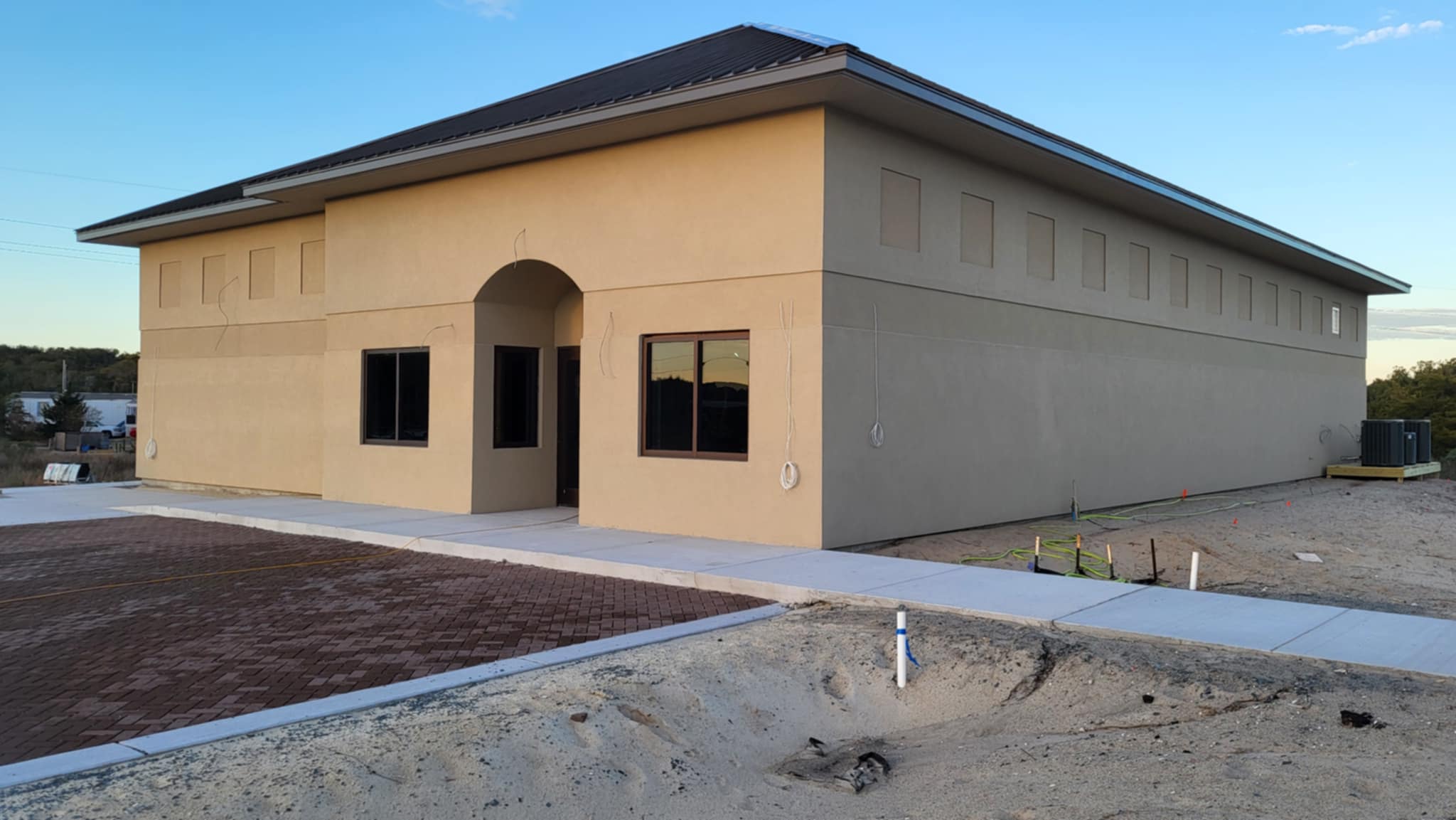

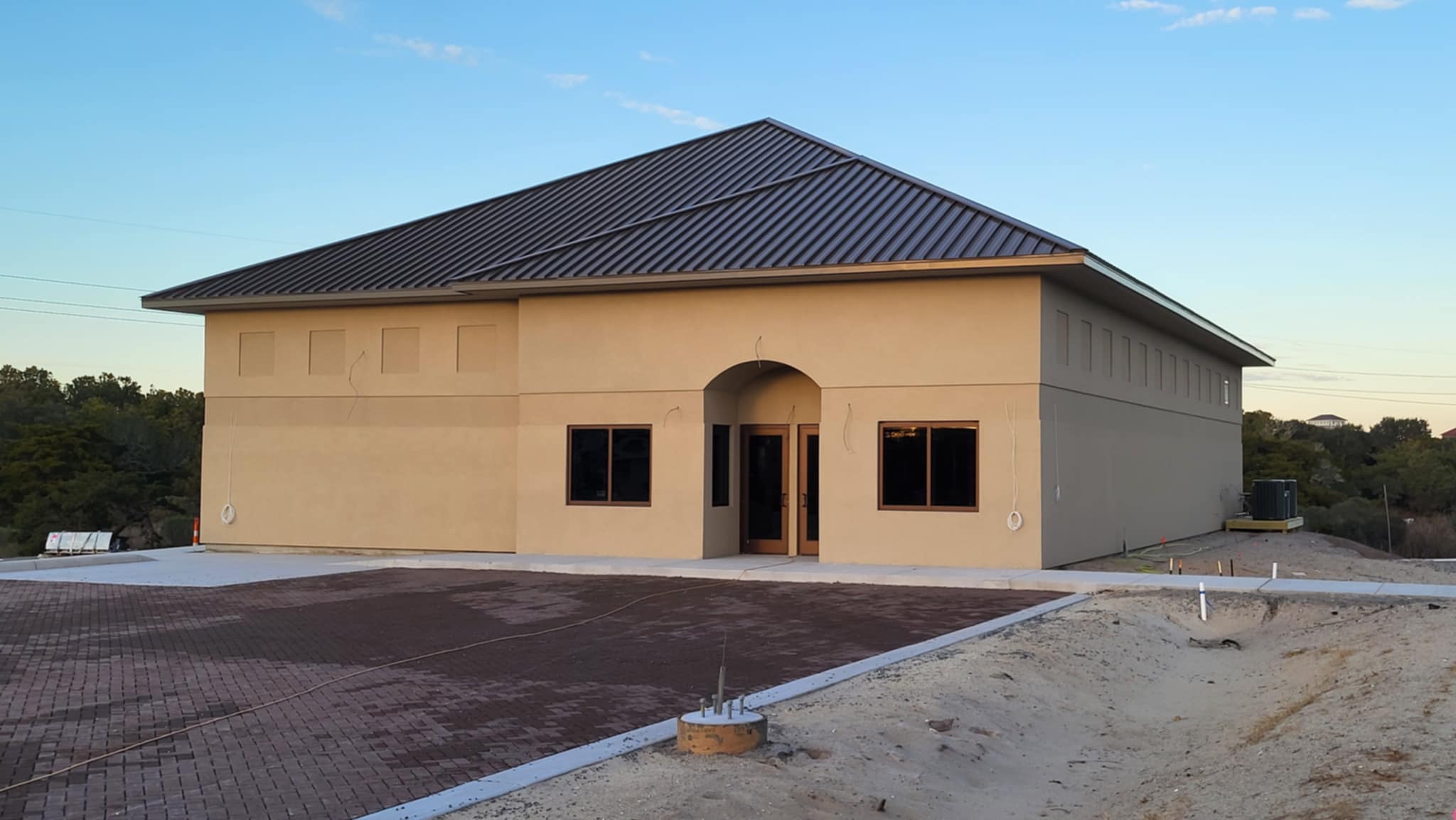

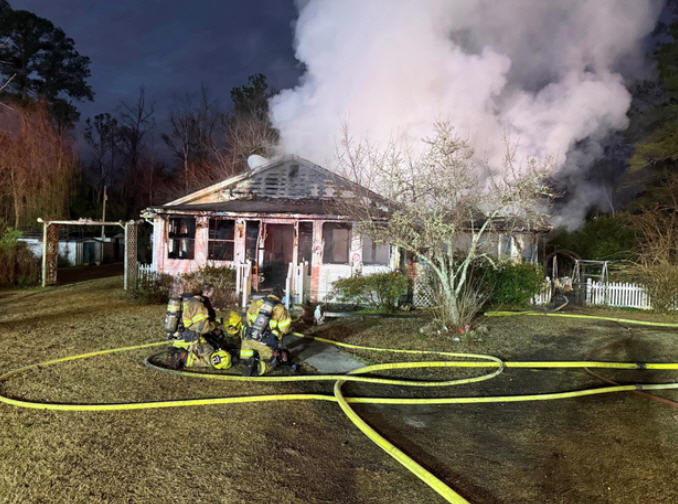


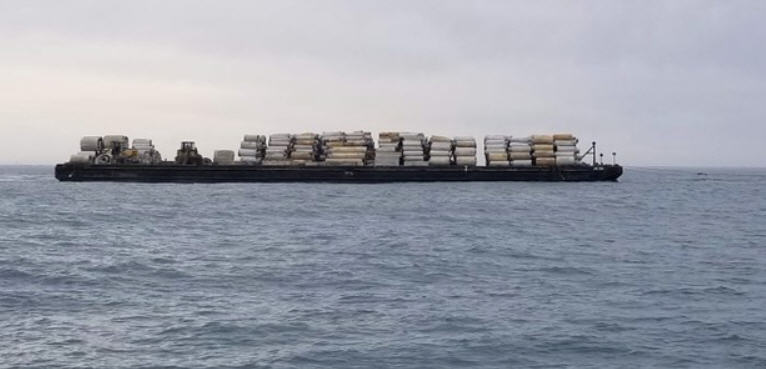


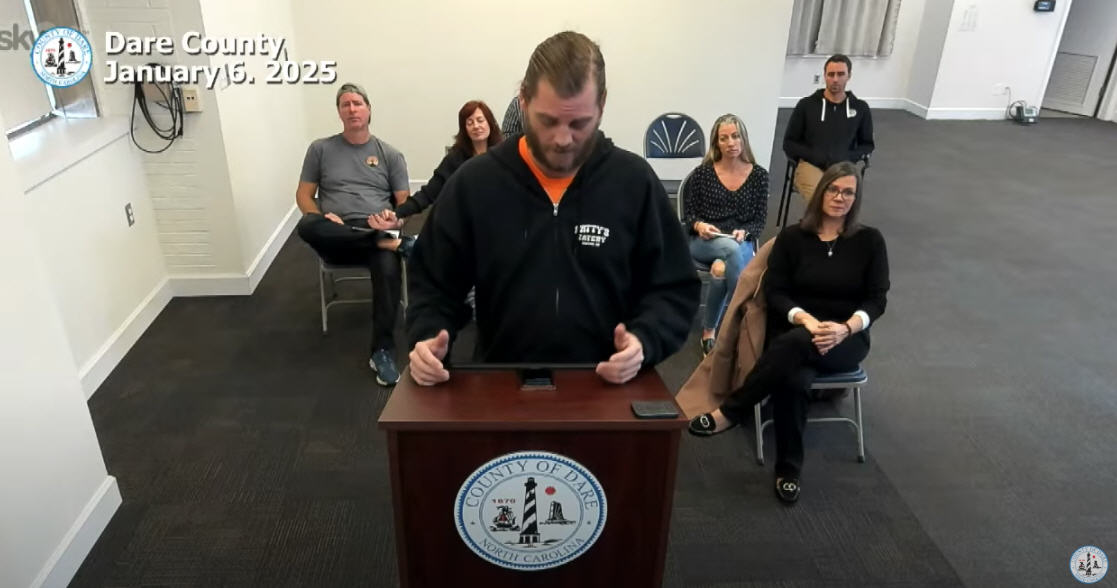
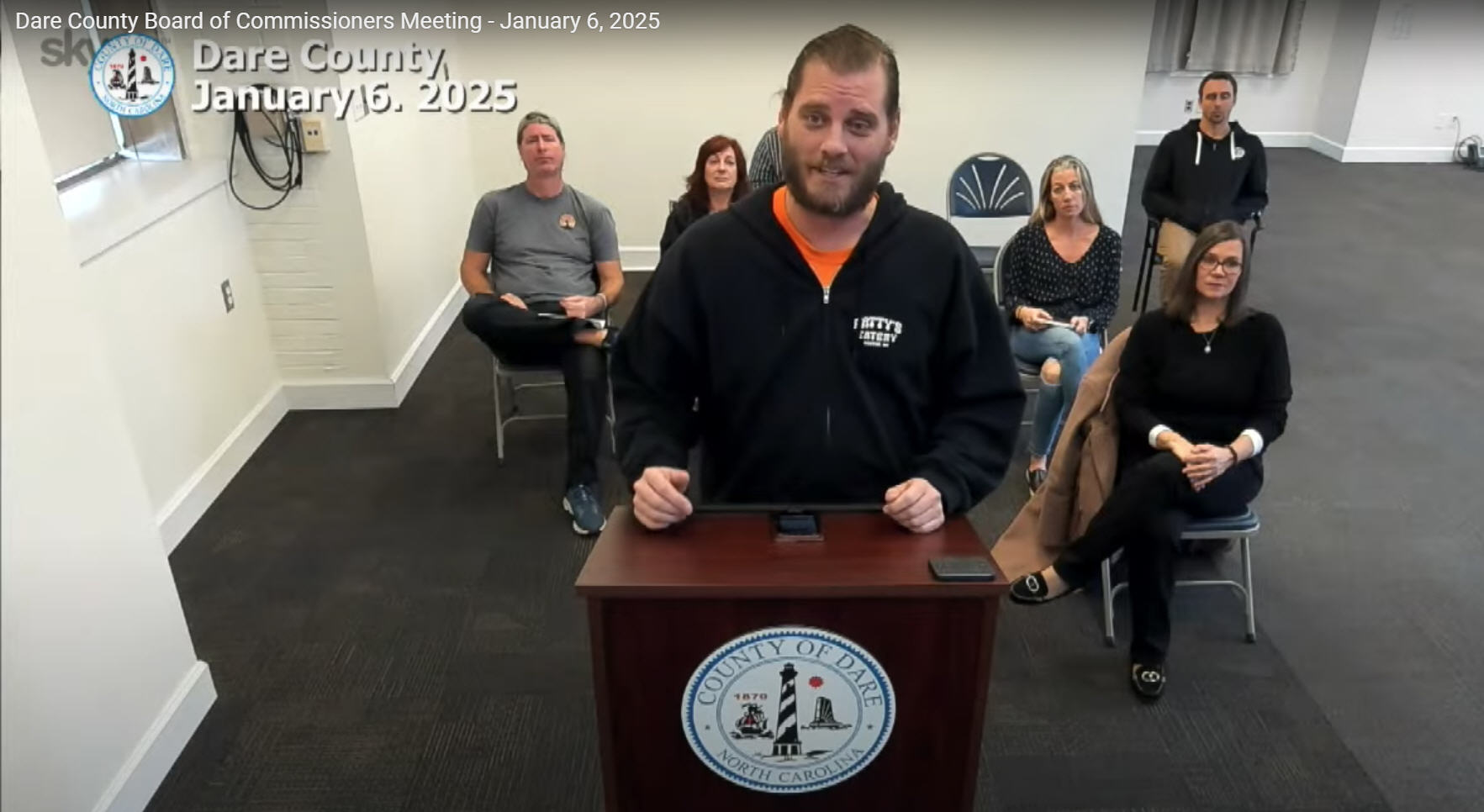

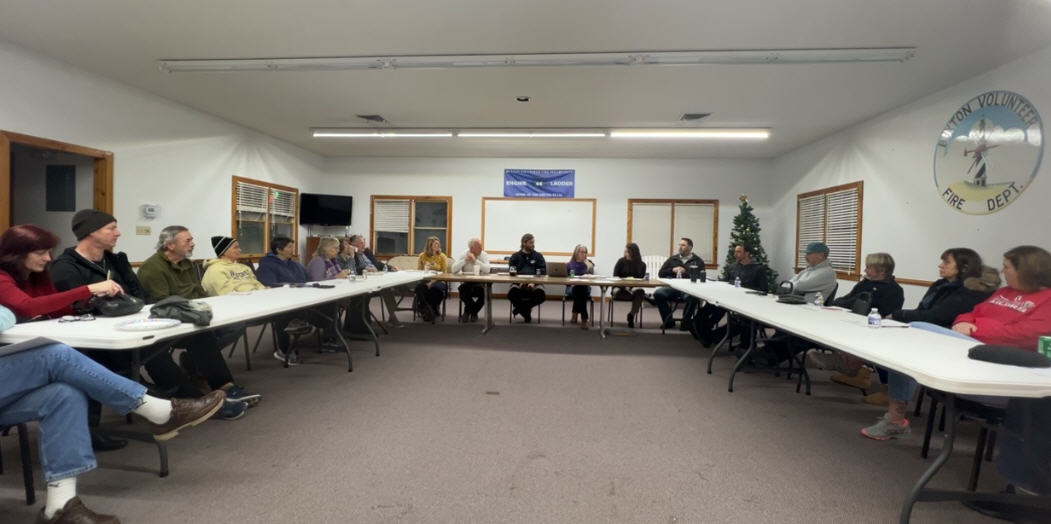
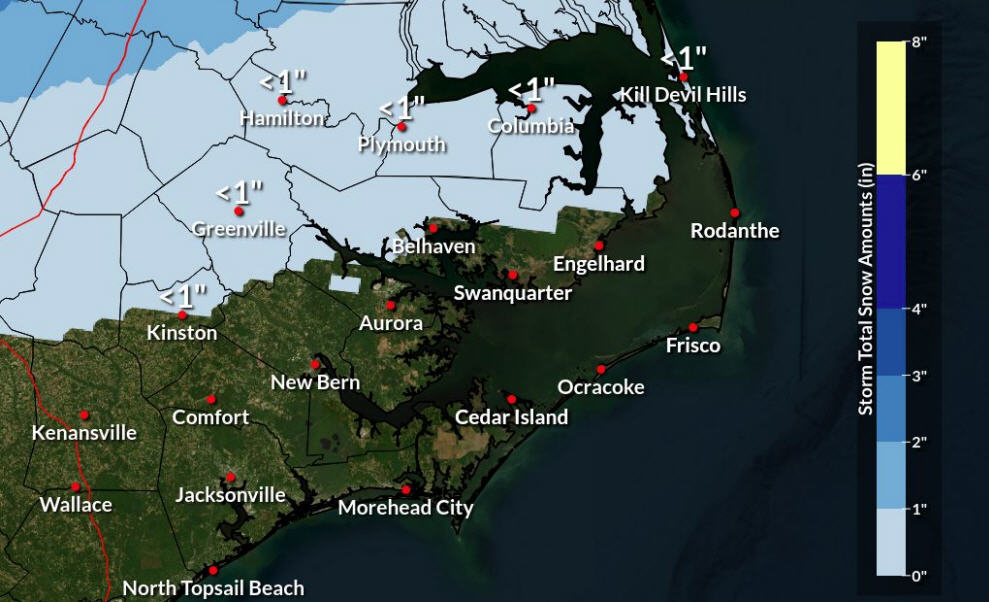
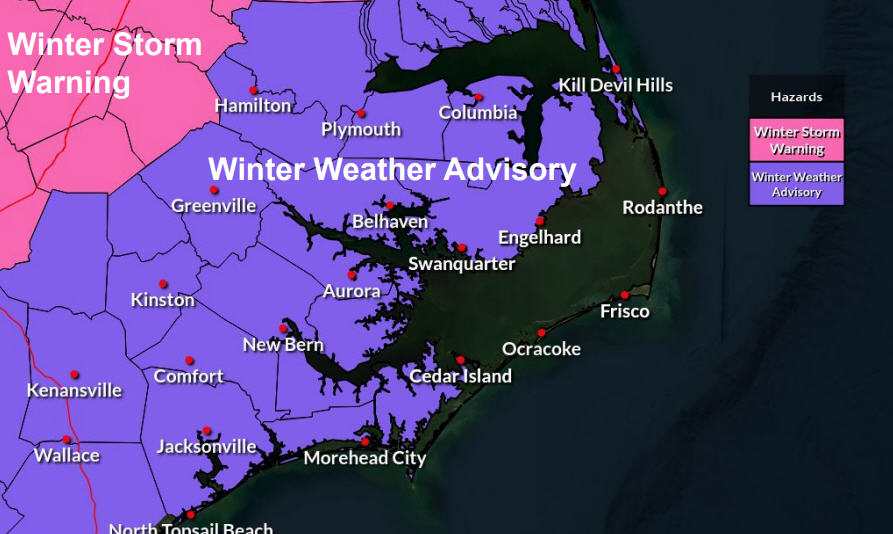
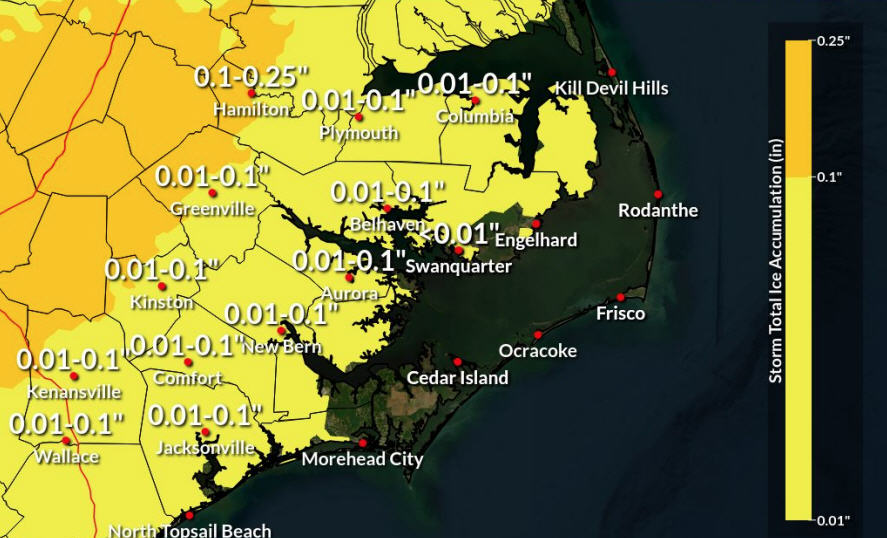
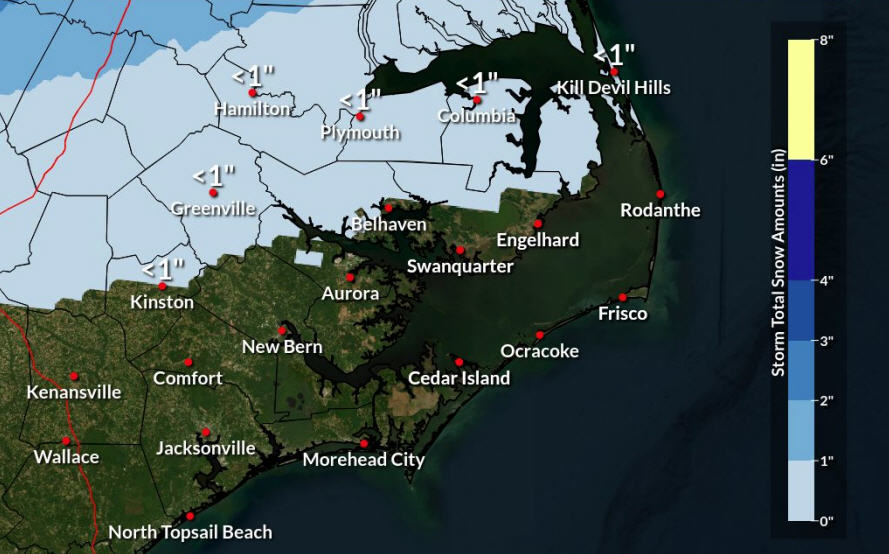


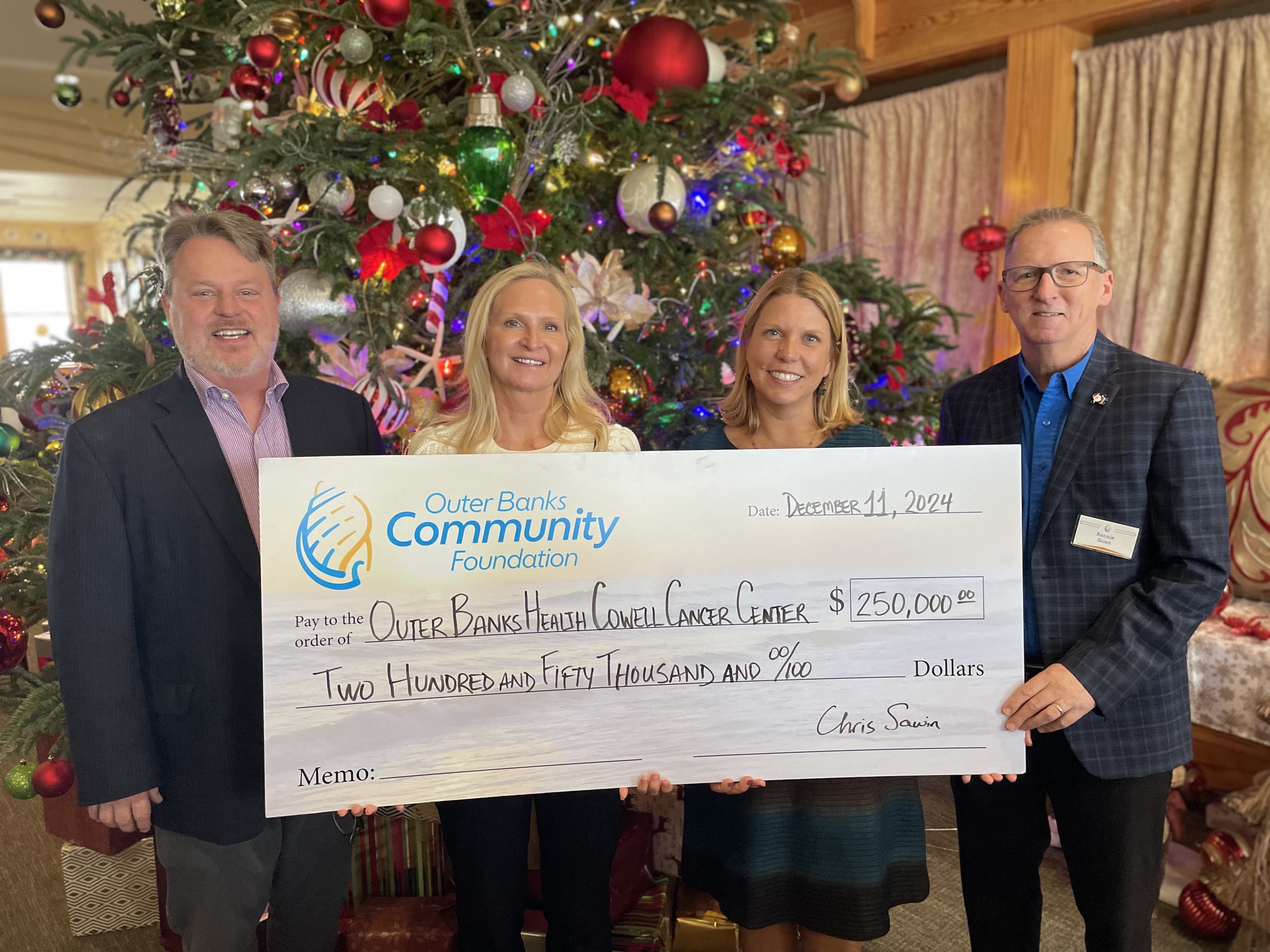



One can only hope that people are going somewhere else. Fewer tourists will be better for everyone.
Once again, the insane price increases that Vacasa has brought into the market are negatively affecting rentals. I’ve said it before- I’ve visited once or twice a year for more than 40 years. A 6-8 BR house in the spring of fall would previously rent for somewhere between $3000 and $4000 weekly. Not it’s $7000. It will be a long time before I’m back. And if you think that’s good for the seashore Mr. G surf- you’re deluding yourself. Or lying.